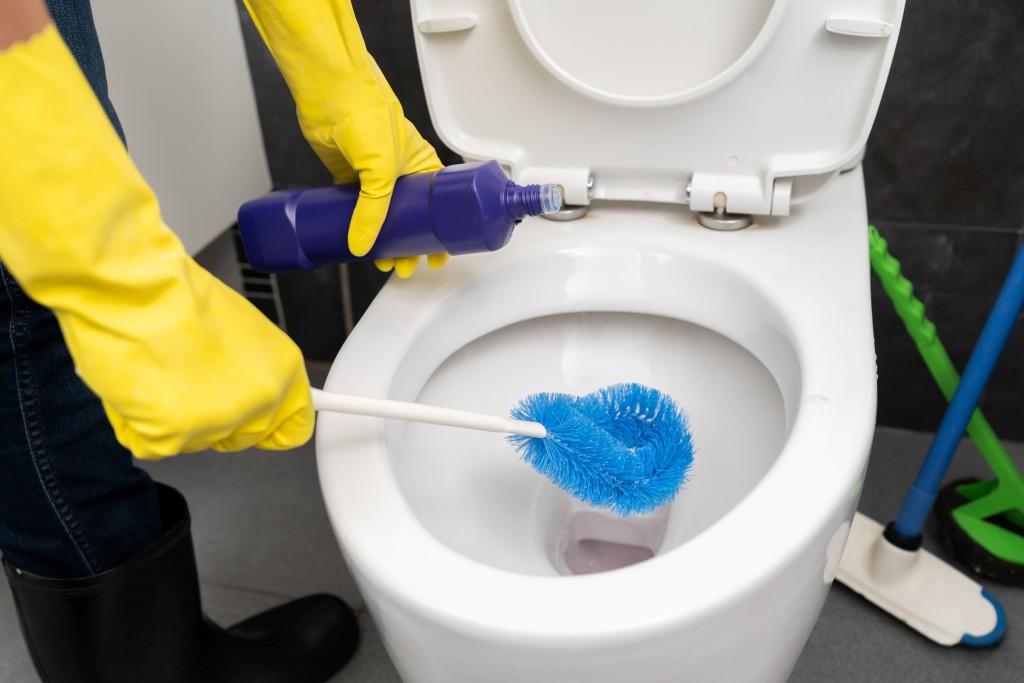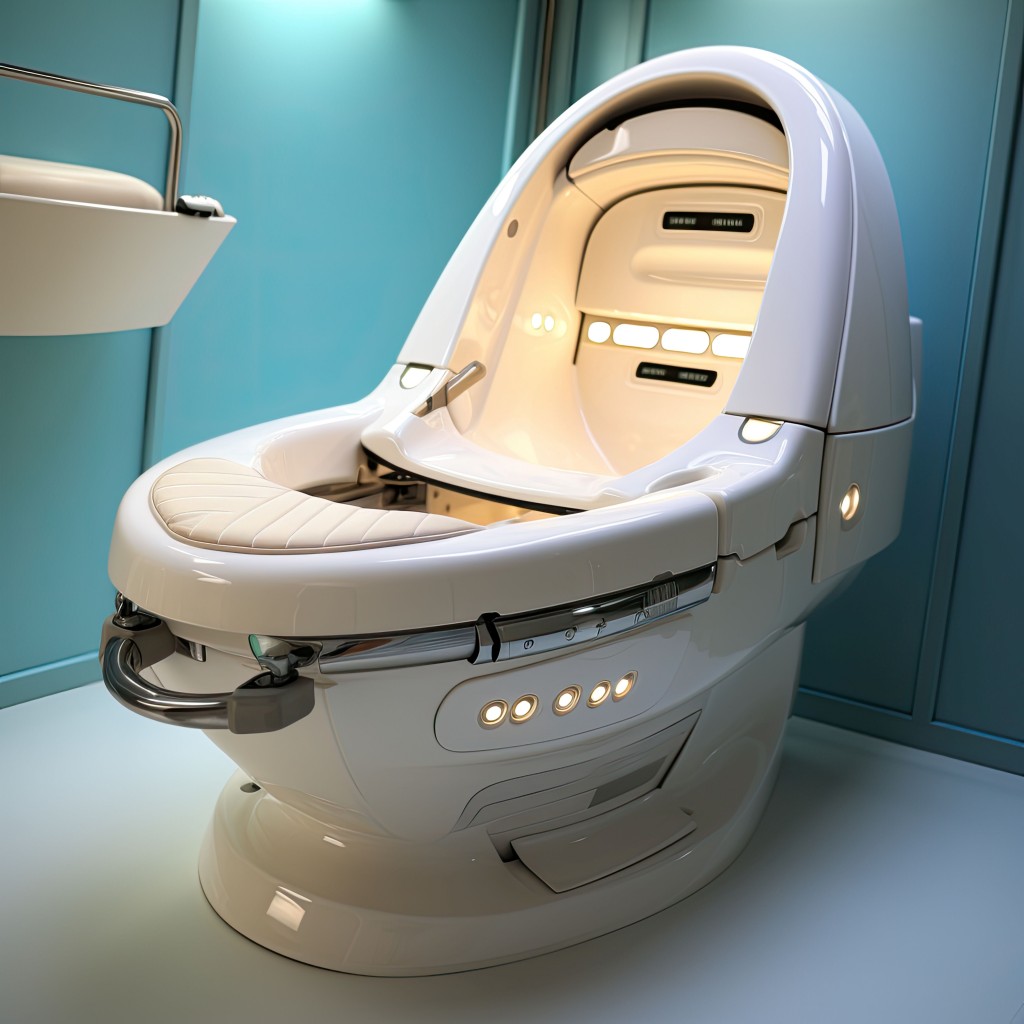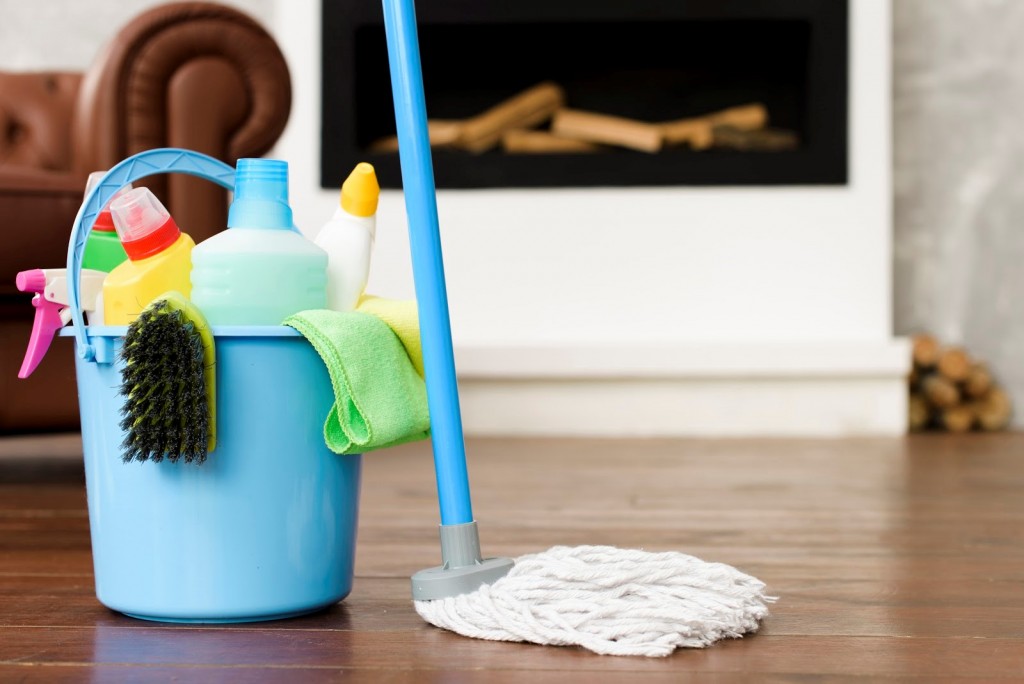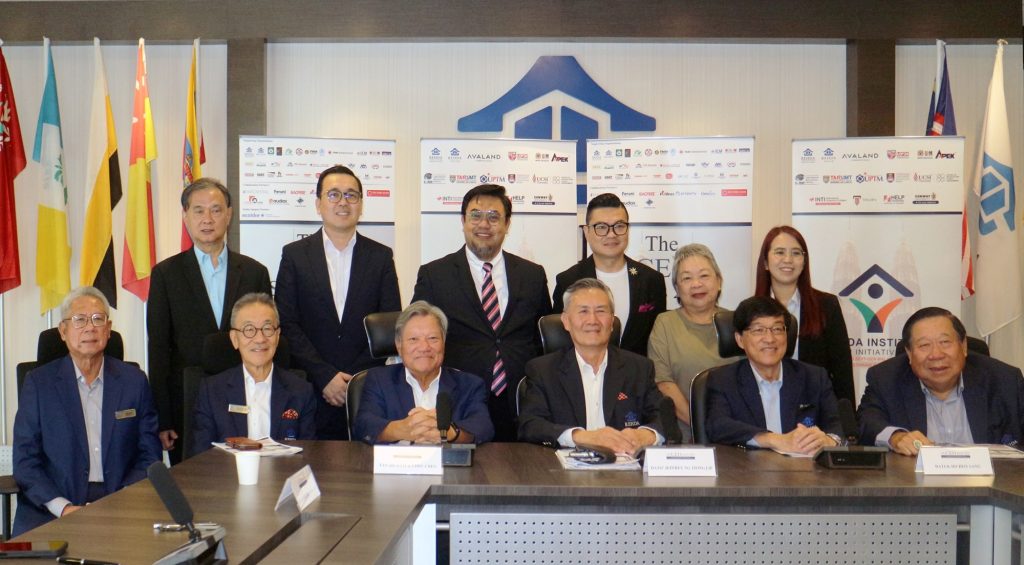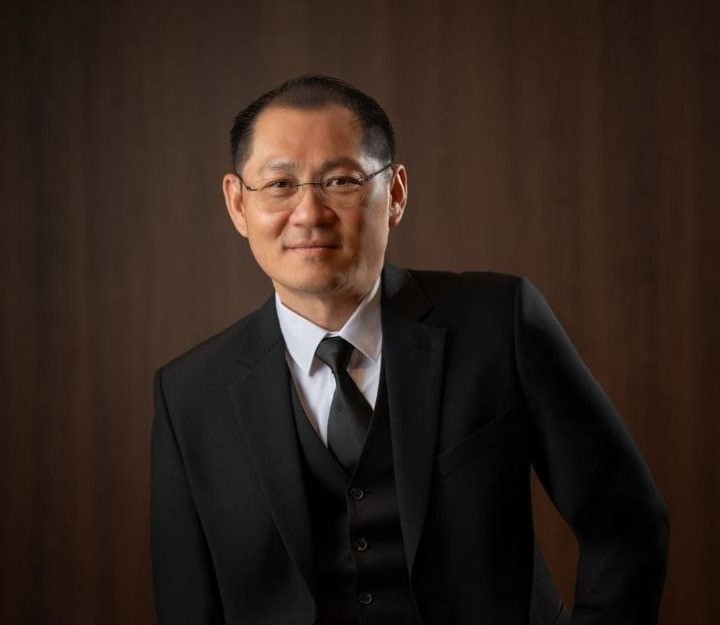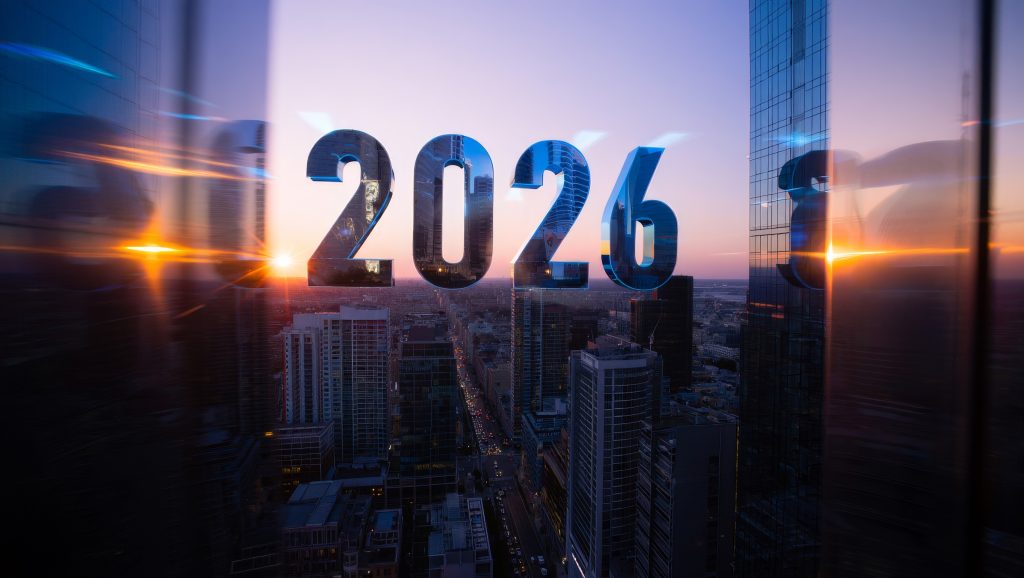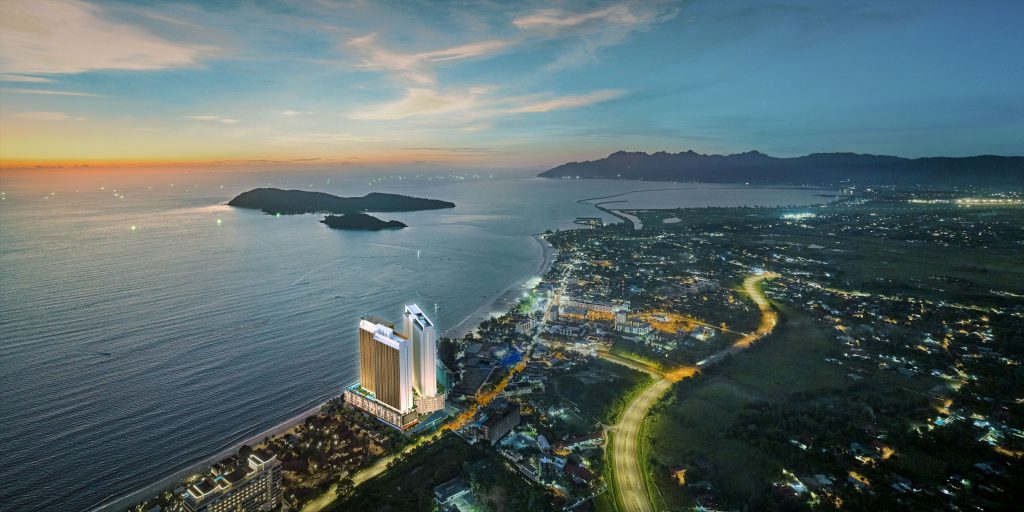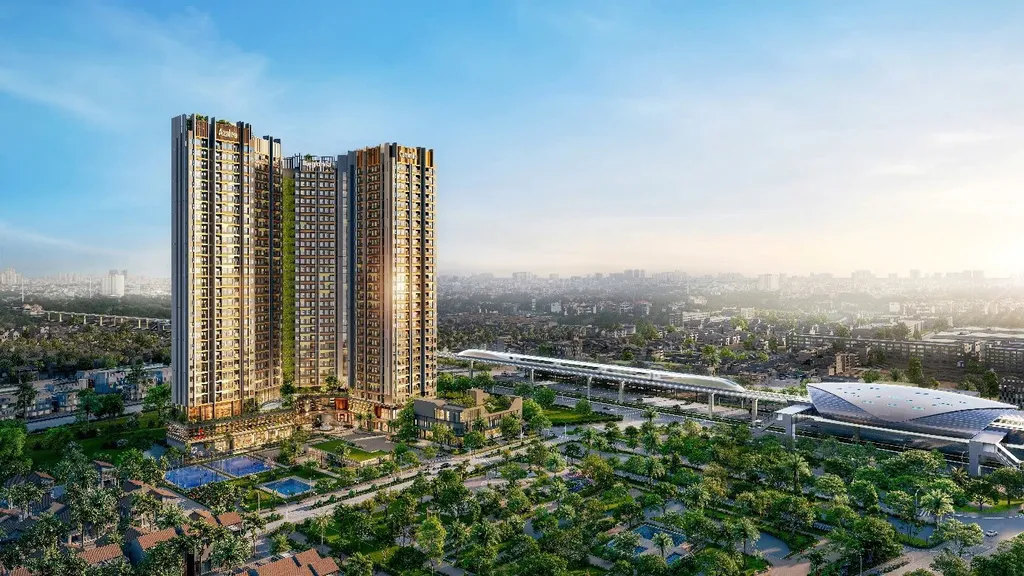By LUM YOUK LEE
IN any building's operational costs, cleaning and security come after electricity. This applies to Malaysia's condominiums, commercial spaces and retail malls. Does this cost mean our malls are the cleanest and most secure in the world? Or does it highlight our weaknesses and deficiencies in areas where foreign labour is needed?
Excessive reliance on foreign labour has been a topic of discussion among economists and politicians for years. Perhaps we should start thinking of what we ourselves can do. Why do we need so many cleaners? A toilet only gets dirty after someone uses it. Thus, the source of a soiled toilet is the user – us.
We know we have good toilet etiquette when someone thanks you for leaving a clean water closet. If everyone did that, a building would require fewer cleaners. Malaysian toilets must be designed to suit our needs and culture. How to achieve this? Let’s start with what we do not want:
Wet toilets
We dislike wet floors or seats. Moisture promotes bacterial growth and makes surfaces slippery, dangerous and annoying. So, let’s tackle the water source.
Hand bidets are convenient and reduce toilet paper use. To avoid splashes and spills, built-in bidets represent best-design practices. Initial costs and managing pressure may be challenging but are surmountable.
Considering proper design and long-term savings on water use and drying seats, this is the minimum we should expect for every toilet.
Yucky wet floors
Wet floors mostly result from the cleaning process or careless use of bidets. A good floor gradient and outlet design will help keep the toilet dry. Given our ambient temperature and humidity, indoor toilets cannot dry fast enough without dryers or air-conditioning, which increases equipment costs.
What is needed is a design solution. First, there must be good air circulation within the toilet. You often see toilets in Western countries having partitions that are not full height with a big gap underneath, allowing better airflow. In Asia, this is often compromised due to modesty and privacy concerns.
Moldy, stuffy and smelly
Toilets are generally designed to have negative pressure, drawing in a fair bit of corridor air-conditioning – which is why some Malaysian washrooms are without doors.
However, drying the floor with air-conditioning is not sustainable, although it is a practical option. Most of our toilets are dried using exhaust fans, infiltration of air-conditioning and mobile floor heaters/dryers.
Is there a better option? Yes, our ambient air is a free source of dry hot air. Malaysia's afternoon sun and air can be warm enough to dry and sanitise our toilets. I have yet to see a toilet design that fully leverages on our ambient conditions: tropical rain, hot afternoon sun, and germ-killing UV rays.
Broken fittings
It is annoying when you turn on the tap and no water comes out or when hand dryers are not working. Public toilets must not install cistern water closets. Instead, they should use flush valves that enable faster flushing turnover and are less vulnerable to vandalism.
Tap sensors or auto-closing taps are no-brainers compared to manual taps. But we still do not see such common-sense features in public and commercial toilets. Understandably, sophisticated fittings are costlier but damaged fittings defeat the purpose of public toilets.
I once visited a testing facility of a toilet-fitting manufacturer. They were demonstrating a prototype unit (budget version) of a flushing system that leverages on a larger pipe network and gravity to create a similar flushing effect as the conventional pump-operated system.
The design also catered for a discharging capacity that could even flush away newspaper bundles. I have yet to see such a brilliant system being used here.
Paper, the necessary evil?
We hate it when toilet bowls get clogged up. Any plumber will tell you that the usual culprits are sanitary napkins, undergarments and excessive toilet paper pulp. People tend to use too much toilet paper to wipe and clean toilet seats, especially when wet or dirty. Often, it is for personal hygiene to cover seats that have shoe marks. To make matters worse, some use hand-drying paper towels which are non-dissolvable. Thick paper towels will clog the bowl.
Over the past decade, toilet designers no longer place paper rolls in the cubicle to reduce excessive use. Toilet paper is now available in the washroom hall area, encouraging users to be more mindful about wastage. Some washrooms use smaller sheets instead of rolls to prevent too much paper from going into the bowl.
We should explore the idea of having a paperless toilet or, at the very least, the use of efficient hand dryers. In fact, there should be two or more jet dryers in each washroom. If there are six basins – and all are occupied – one hand dryer is certainly insufficient.
If we can build world-class buildings, why can’t we achieve dry, paperless toilets? We can design cost-effective toilets the Malaysian way. It speaks volumes when a nation is proud of its clean toilets.
Stay ahead of the crowd and enjoy fresh insights on real estate, property development, and lifestyle trends when you subscribe to our newsletter and follow us on social media.

